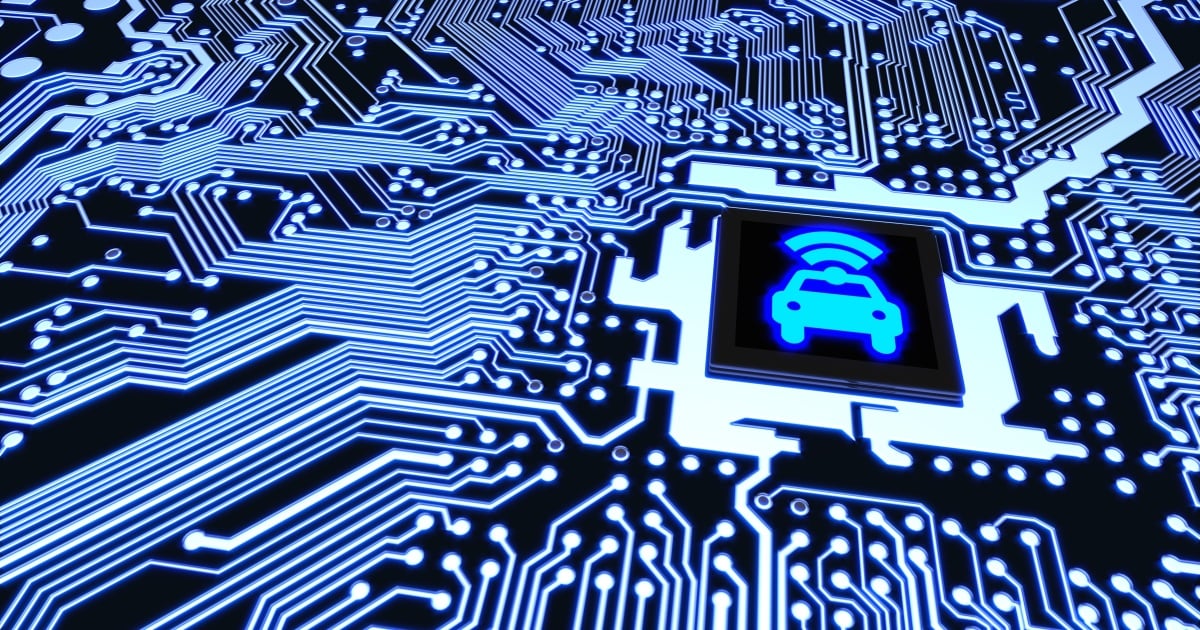According to a new study commissioned by Schneider Electric, healthcare facilities are missing out on opportunities to reduce energy use and costs, avoid outages and improve patient satisfaction because their power distribution and management systems are not equipped to take advantage of the Internet of Things (IoT) and other advanced technologies. The survey of 150 healthcare executives and facility managers underscores the importance of reliable power distribution and management in healthcare facilities and highlights the opportunity to integrate IoT-enabled power solutions to better meet health facility objectives.
On average, more than one-third of respondents – who represent hospitals, health systems, doctors' offices and clinics, and other healthcare facilities – indicated their power distribution and management systems are more than five years old. Among respondents from hospitals, more than half report their power systems are at least five years old. Not surprisingly, those same facilities report greater concern with power availability and reliability and energy efficiency from their current power systems than larger organizations.
 "A five-year-old power infrastructure is not necessarily a safety problem, but we're living in the digital age where safety and efficiency are table stakes," said Mohamed Shishani, EcoStruxure Power implementation leader, Schneider Electric. "What's increasingly important in healthcare facilities is the ability to accommodate IoT devices and data-intensive medical equipment transforming patient care. These older systems were implemented before the benefits and power requirements of advanced, connected technologies were apparent. Improving patient satisfaction, operational efficiency and financial health calls for modernization of these systems."
"A five-year-old power infrastructure is not necessarily a safety problem, but we're living in the digital age where safety and efficiency are table stakes," said Mohamed Shishani, EcoStruxure Power implementation leader, Schneider Electric. "What's increasingly important in healthcare facilities is the ability to accommodate IoT devices and data-intensive medical equipment transforming patient care. These older systems were implemented before the benefits and power requirements of advanced, connected technologies were apparent. Improving patient satisfaction, operational efficiency and financial health calls for modernization of these systems."
IoT-enabled power solutions help address healthcare's biggest challenges
Health facility leaders recognize the critical role reliable power plays in delivering quality patient care and satisfaction. The survey found more than half of respondents plan to invest in power distribution and management in the next 12 months. Among the top objectives driving this investment is patient satisfaction, cited by 84 percent of respondents as being important or very important. Power availability and reliability, improved safety and financial performance were also among the top anticipated benefits to be derived through advanced power systems.
Despite the clear benefits advanced power solutions can deliver, just 18 percent of respondents have implemented significant IoT-enabled and connected technologies to manage power distribution in their facilities. Not surprisingly, budget limitations, cited by nearly half of survey respondents, is a major obstacle for healthcare facility leaders looking to implement new power solutions. Beyond budget, there is also a clear knowledge gap with around 15 percent of respondents citing lack of knowledge and resources to build and maintain advanced power systems.
With the rapid advancement in IoT technologies, there is an opportunity for these facilities to retrofit or upgrade their systems with IoT-enabled solutions that can create efficiencies and improve energy and financial performance. Adding smart devices, such as sensors, digital power meters or power quality monitors to existing equipment is an affordable way to optimize power reliability and maintenance and can pave the way for intelligent power distribution.
About a quarter of respondents said they aren’t satisfied with their current power distribution solution. For healthcare facilities of all sizes, the three most common concerns with current power distribution systems, according to the survey, are: energy use and cost reduction, safety, and power availability and reliability.
This survey was conducted by Morar Consulting in October 2017 among 154 U.S. healthcare executives and facility directors and managers.
Ken Briodagh is a writer and editor with more than a decade of experience under his belt. He is in love with technology and if he had his druthers would beta test everything from shoe phones to flying cars.Edited by
Ken Briodagh





